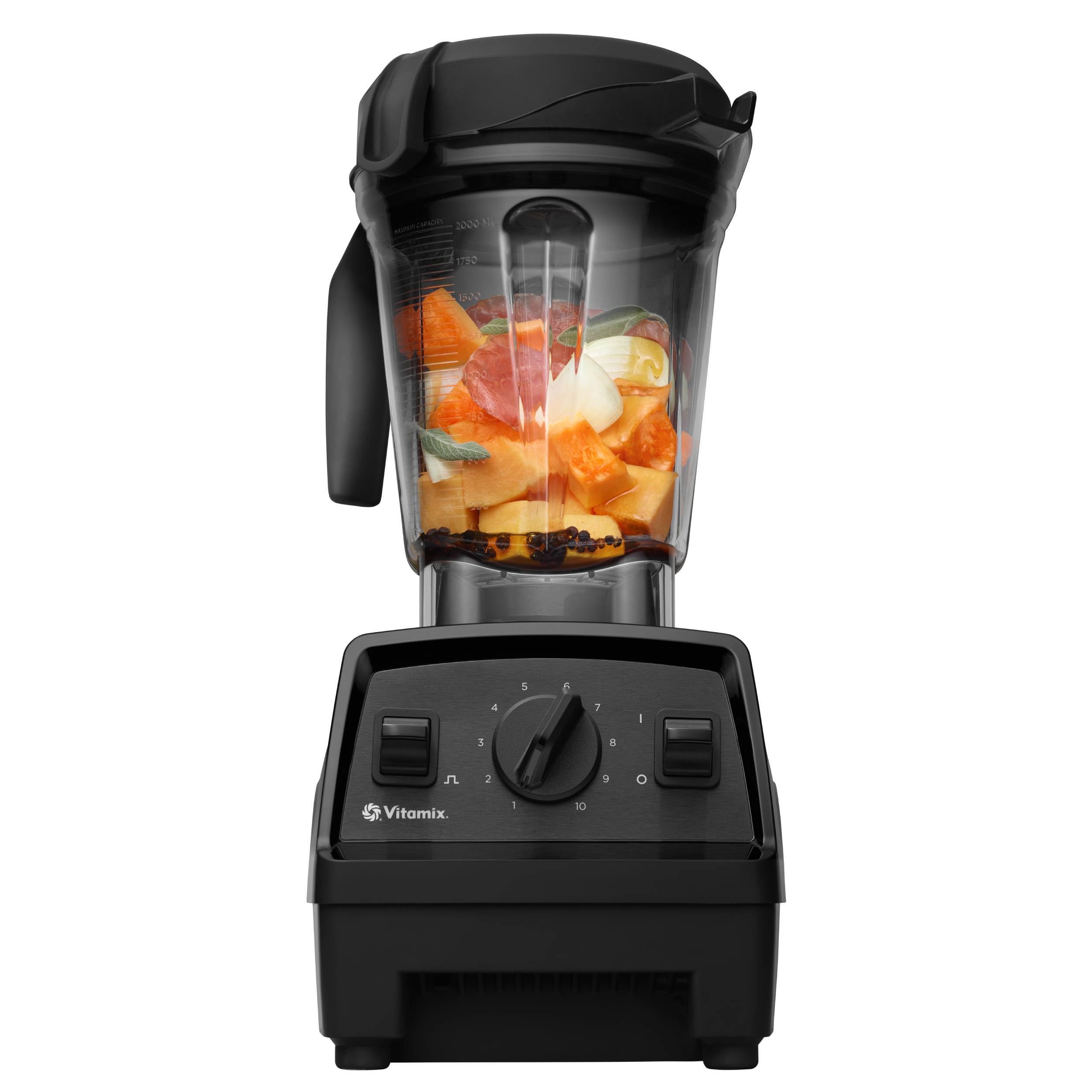Have you ever turned on your Furrion water heater only to be greeted by the frustrating e1 error code? You’re not alone. Many users face this issue, and it can be a real hassle when you’re counting on hot water for your daily routine.
In this article, we’ll explore what the e1 error code means and why it occurs. You’ll learn practical steps to troubleshoot the problem and get your water heater back in working order. With the right information, you’ll feel more confident tackling this common challenge and enjoying reliable hot water again.
Key Takeaways
- Understanding the E1 Error: The E1 error code indicates a malfunction with the temperature sensor, often due to sensor damage or incorrect temperature readings.
- Common Causes: Key culprits behind the E1 error include a faulty temperature sensor, loose electrical connections, wiring issues, and environmental factors affecting the heater.
- Troubleshooting Steps: Effective troubleshooting involves inspecting the sensor, checking and tightening connections, testing the sensor’s resistance, and performing a unit reset.
- Regular Maintenance: Routine checks on the temperature sensor, cleaning connections, and testing sensor resistance can help prevent the E1 error from reoccurring.
- Consult the Manual: Always refer to the Furrion user manual for model-specific guidelines and recommended maintenance practices to ensure optimal performance and safety.
- Professional Help: If troubleshooting does not resolve the E1 error, seeking assistance from a qualified technician may be necessary to diagnose and fix underlying issues.
Understanding E1 Error Code Furrion Water Heater
The E1 error code on your Furrion water heater indicates a problem with the water temperature sensor. This code typically arises due to sensor malfunctions or incorrect temperature readings. When the system detects a fault, it halts operation to prevent further issues.





Causes of E1 Error Code
- Faulty Temperature Sensor: A malfunctioning or damaged temperature sensor can trigger the E1 code. Inspect the sensor for physical damage or wear.
- Loose Connections: Loose electrical connections to the temperature sensor may cause improper readings. Check and tighten all connections as needed.
- Wiring Issues: Damaged wires can interfere with the sensor’s performance. Look for any frayed or broken wiring.
- Environmental Factors: Extreme temperatures or inadequate ventilation around the heater can affect sensor accuracy. Ensure the unit has proper airflow and is in a suitable environment.
Troubleshooting Steps
- Inspect the Sensor: Remove the access panel to get to the temperature sensor. Look for visible signs of damage.
- Check Connections: Ensure all wiring harnesses and connectors are secure. Reconnect any loose connections.
- Test the Sensor: Use a multimeter to test the temperature sensor’s resistance. Compare the readings to the manufacturer’s specifications.
- Reset the Unit: Turn off the water heater and allow it to sit for a few minutes. Restart the heater to see if the error code clears.
- Consult the Manual: Refer to the Furrion user manual for specific instructions related to your model.
When to Seek Professional Help
If you complete these steps and the E1 error code persists, consider contacting a qualified technician. Persistent issues may indicate more significant problems that require professional expertise.
Common Causes of E1 Error Code
The E1 error code in Furrion water heaters often signals issues that require your attention. Understanding the common causes helps in troubleshooting effectively.
Faulty Temperature Sensor
A faulty temperature sensor frequently triggers the E1 error code. It may fail due to wear or environmental exposure. To check for this:
- Inspect the sensor for visible damage or corrosion.
- Verify the sensor’s resistance using a multimeter. Consult the specifications for acceptable resistance values.
- Replace the sensor if it shows inconsistencies in readings.
Wiring Issues
Wiring issues can lead to incorrect signals sent to the control board, resulting in the E1 code. Look out for:
- Loose connections, which can disrupt electrical flow. Ensure all connections are tight.
- Damaged or frayed wires, which may cause short circuits. Replace wires if necessary.
- Ensure that the wiring is not exposed to moisture, which can lead to corrosion or shorting.
- Examine the control board for signs of damage, such as burnt components or corrosion.
- Reset the board by powering off the unit and unplugging it for a few minutes. This can sometimes resolve minor glitches.
- If problems persist, consider consulting a professional for control board diagnostics and potential replacement.
Troubleshooting the E1 Error Code
To troubleshoot the E1 error code effectively, start with essential checks and follow a systematic approach to identify the root cause.





Initial Checks
- Power Supply: Ensure the water heater is plugged in and that the power supply is functioning. Check for tripped circuit breakers or blown fuses.
- Temperature Setting: Verify the temperature setting on the unit. It should match your desired range, typically between 120°F and 140°F.
- Sensor Visibility: Inspect the temperature sensor for visible signs of corrosion or damage. Look for any obvious physical harm that may affect its performance.
- Secure Connections: Tighten all electrical connections at the sensor and control board. Loose wiring can disrupt the signal, causing the E1 error.
- Sensor Resistance Test: Use a multimeter to test the resistance of the temperature sensor. Compare the reading with the manufacturer’s specifications. If it’s outside the recommended range, replace the sensor.
- Reset the Unit: Turn off the power to the water heater and wait for about five minutes. Turn it back on to reset the control board and clear minor glitches.
- Inspect Wiring: Examine the wiring for any signs of wear, fraying, or moisture damage. Replace any damaged wires to ensure proper connectivity.
- Consult the User Manual: Refer to the user manual for specific guidelines and troubleshooting steps related to the E1 error code. Each model may have unique features that affect troubleshooting.
If the E1 error persists after trying these steps, consider contacting a professional technician for a thorough diagnosis and solution.
Preventive Measures
Taking preventive measures can significantly reduce the risk of encountering the E1 error code on your Furrion water heater. Regular check-ups and proactive steps help maintain the system’s integrity.
Regular Maintenance Tips
- Inspect the Temperature Sensor: Regularly check the sensor for signs of wear or damage. A clean, intact sensor operates effectively, reducing error codes.
- Clean Connections: Periodically examine and clean all electrical connections. Corrosion can compromise contact quality, leading to erroneous readings.
- Test the Sensor Resistance: Use a multimeter to check the sensor’s resistance at least once a season. Keeping the values within the manufacturer’s specifications ensures optimal performance.
- Check for Moisture: Ensure wiring is shielded from moisture. Water exposure can lead to corrosion or short circuits.
- Reset as Needed: Perform a reset after any significant maintenance. This action can clear temporary glitches that cause error codes.
Importance of User Manual Compliance
Following the user manual is crucial for your Furrion water heater. The manual offers specific instructions tailored to your model, enhancing safety and efficiency.
- Model-Specific Guidance: Manuals provide vital information about components unique to your model. Adhering to these details can prevent errors during maintenance.
- Understand Settings and Features: Familiarize yourself with settings outlined in the manual. Knowing how to correctly configure your heater will minimize operational errors.
- Follow Recommended Maintenance Schedules: Manuals usually contain maintenance schedules. Sticking to these recommendations keeps your unit running smoothly and extends its lifespan.
- Safety Precautions: Manuals include important safety guidelines. Following these ensures your safety while allowing for efficient troubleshooting if errors arise.
- Understand Warranty Terms: Review warranty information carefully. Compliance with manual instructions ensures you maintain coverage for necessary repairs or replacements.
Conclusion
Dealing with the E1 error code on your Furrion water heater can be frustrating but you’re not alone. By following the troubleshooting steps outlined in this guide you can tackle the issue head-on. Remember to inspect the temperature sensor connections and consider regular maintenance to prevent future problems.
If you find that the error persists don’t hesitate to reach out to a professional. They can provide the expertise needed to get your hot water flowing again. With a little patience and the right approach you’ll be back to enjoying reliable hot water in no time.





Frequently Asked Questions
What does the E1 error code mean on a Furrion water heater?
The E1 error code indicates a problem with the water temperature sensor. This code can be triggered by issues such as a faulty sensor, loose electrical connections, or environmental factors that affect sensor readings.
What causes the E1 error code?
Common causes of the E1 error code include a faulty temperature sensor, damaged wiring, loose connections, and moisture affecting sensor accuracy. Understanding these causes is crucial for troubleshooting.
How can I troubleshoot the E1 error code?
To troubleshoot the E1 error, start by inspecting the temperature sensor for damage, securing all electrical connections, and testing the sensor’s resistance with a multimeter. You can also reset the unit and consult the user manual for specific instructions.
When should I contact a professional for E1 error issues?
If the E1 error persists after following troubleshooting steps, it’s best to contact a professional technician. Ongoing issues may indicate more significant underlying problems that require expert diagnosis.
What preventive measures can I take to avoid the E1 error code?
To prevent the E1 error, regularly inspect and clean the temperature sensor, secure all connections, test the sensor’s resistance, and ensure wiring is protected from moisture. Follow the user manual for maintenance and safety guidelines.

Hey, I’m Jake. I focus on cooling systems at Appliance Mastery, like fridges, freezers, and air conditioners.
I’ve worked in appliance repair for more than ten years and I’m certified through NASTeC. I’ve seen just about every fridge issue you can imagine.
My goal is to help you fix problems without stress. Whether it’s a freezer that won’t cool or an AC that keeps beeping, I’m here to walk you through it.
